*This year, for the first time, Major League Baseball will award $1 million to the winner of the Home Run Derby. This prize could very well become a footnote in history. Then again, it might mean something a bit more. What are the chances it changes sports forever? Let's say, 15%. In other words, the following could be a true story.
Major League Baseball didn't realize what it was doing, and for many years it didn't realize what it had done. At the time -- this was 2019 -- it seemed a sensible fix to a minor problem. And in a $10 billion industry, what could a measly million dollars change?
Little did MLB know that the seven-figure prize for that summer's Home Run Derby champion would change sports in ways that, in retrospect, seem inevitable -- although at the time these changes were only speculated about. Over the next century, Big League Derby would rise to become one of the world's Big Four sports. In the view of many, derby displaced traditional baseball; in the view of others, derby saved it.
1. The Rise of the Home Run (1919-1958)
The 2019 Home Run Derby marked the centennial of the home run itself. Before Babe Ruth, home runs had existed; baseball folks had to call it something when a player got more than a triple. But before Ruth, no one tried for home runs; they just happened, and seldom. Then Ruth hit 29 homers in 1919, outhomering entire teams and putting a successful pitching career aside. He became the best player in history, the biggest celebrity in the country, and he brought the rest of the sport with him into the future.
Along the way, Ruth also invented something like a home run derby. When he was barnstorming across the country, fans would pack local grandstands to see him homer. All of the sport's regular rules and protocols went out the window: Local pitchers were given clear instructions to groove pitches, or Ruth would stay at the plate until he put a pitch out. During intermissions at exhibition doubleheaders, he might stand at the plate and launch homer after homer, aiming for local distance records to reward the fans who had paid a buck to see some dingers. This was the philosophical origin of the home run contest: The single-handed pursuit of home runs had become more marketable, more meaningful, than the baseball played on those afternoons under real rules.
In 1933, Ruth won a fungo-hitting contest -- an early "derby" of sorts -- by hitting a ball 395 feet. In the next few decades, home run contests became staples of exhibition events. Ted Williams, Ralph Kiner, Joe DiMaggio and other superstars would step out of the canon and do things that were, in many ways, even more memorable.
"The greatest single sports event I ever saw," the great slugger Frank Howard once said, occurred when Ted Williams was in a charity home run contest. "Ted had to be 53, 54 years old. While the other guys were hitting, he was in the dugout, swinging a bat and grinding himself up. He was the last one to hit, of course, and when he went up there, you knew he was ready. First pitch, he hit a little looper over second base. Second pitch, he pulled a frozen rope by first base. Third pitch, he put it on the warning track. Fourth pitch, he put it in the bullpen. Fifth pitch, he hit it 30 rows up in the right-field stands. Then he threw the bat up in the air and walked back to the dugout. The place went wild. Greatest single sports event I've ever seen.''
2. The Derby Goes Mainstream (1959-2018)
In 1959, a Los Angeles sportscaster named Mark Scott created Home Run Derby, a syndicated television contest that drew in an extraordinarily talented cast of participants for what was, essentially, a game show about dingers. The first episode pitted Willie Mays against Mickey Mantle in a high-stakes round of competitive batting practice. Mantle came from behind and won $2,000, in an empty and silent Southern California ballpark.
The show aired for only one season -- Scott died unexpectedly -- but the basic structure of the Home Run Derby had been codified, put on film and backed by significant prize money and star power. In 1974, CBS Sports Spectacular aired a contest between Hank Aaron and Sadaharu Oh, the home run champs of two hemispheres. In 1984, Gatorade sponsored a "Super Slam home-run hitting contest" over the course of the season, with sluggers hitting against each other in pregame competitions to advance. Greg Luzinski, an aging slugger in his final season, won the contest and $50,000. Nine months later, looking to add something novel to the All-Star Game in Minnesota, Major League Baseball brought the derby to the Midsummer Classic. It wasn't televised, but 46,000 fans showed up, paying $2 apiece for charity. One of the kids in the outfield robbed Ryne Sandberg of a home run. The whole thing got two sentences in the New York Times.
The syndicated 1960s version of the show was, all too clearly, ahead of its time. It showed how fluidly the derby and TV could interact, with rapid-fire action, close camera angles that would be impossible in a real game, easy-to-understand rules and scoring that didn't require viewer expertise, and mid-round banter between the broadcaster and the opposing hitter, who rested in the broadcast booth between his rounds. At the time broadcast technology was gray and low-fi, and it was all but impossible to see many of the deep fly balls, let alone appreciate the grandeur of them. But by 1993, when ESPN began airing the derby during All-Star week, technology had caught up to the derby's potential.
The derbies of the next 25 years produced some of baseball's most memorable moments. The format could offer narrative fulfillment (Josh Hamilton hitting a record 28 homers in a round in 2008, after coming back from drug addiction) or suspense (Bryce Harper winning in his home ballpark as time expired in 2018) or comic relief (Cody Bellinger cackling in disbelief at the rookie Aaron Judge's staggering 2017 performance). Baseball, the sport, sometimes obscured how good its players were, how much better they were than players in previous generations. But home run derbies made that generational progress visible and obvious: Where Ryne Sandberg had won the 1990 Derby with three homers, Giancarlo Stanton won the 2016 derby with 61. A viewer could appreciate this, and did: About as many people watched Judge and Stanton in the 2017 derby as watched the All-Star Game the next day.
But as the derby got more popular, there were problems with incentives. A growing number of players -- especially the very best players -- didn't want to take part in something that didn't count (the derby) if it might disrupt their preparation for something that did (real games). So Major League Baseball tried to make the derby count, using the one tool that can make anything count: money. The winner of the 2019 contest would get a million bucks. The winner of that contest might well make only half that much for playing the entire baseball season.
3. The Birth of a New Sport (2019-2039)
That was the first big moment, the million-dollar prize. (The derby got so popular that, in later collective bargaining sessions, the prize would be upped to $2 million, then $5 million, then $10 million, before BLD split off from MLB, became a nonprofit entity, and established purses directly from revenue.) The next big moment came in 2020, when -- in a nod to the popularity of baseball prospects -- MLB mandated that each league's derby contestants should include at least one minor league prospect. And one of those minor league prospects -- Oneil Cruz, a 6-foot-7, left-handed slugger in the Pirates' organization -- actually won. A player who was making $30,000 a year at Double-A had just won a million bucks, and suddenly the nature of the competition had changed. The prize was no longer just an incentive to encourage superstar participation. Viewers actively rooted for the underdogs, wanting to see them cry with joy while accepting a giant check.
The underdog prospect became such a big part of the show's narrative structure that MLB went further: An amateur prospect (technically, a recently drafted amateur, to get around rules that at the time prohibited college players from being compensated) must also be included. And then the league began giving one slot to an amateur non-prospect: Just some guy in his 30s who could mash, chosen from play-in competitions. It was easy to justify using a spot this way, because the mashing amateur -- with a swing and training regimen devoted to mastering the derby format -- often out-slugged major leaguers in the contest. Soon, MLB was putting on not one derby a year but a half-dozen, all in prime time. Then, more.
Two things became clear from the success of non-major leaguers in the derby: The skills required to hit 40 home runs in 10 minutes against grooved 70 mph pitches were very different from the skills required to hit one home run every four days against 94 mph cutters; and the derby skills could be trained, with proper focus. For major league hitters making $35 million per season, the incentives didn't favor developing the derby skill, especially not at the expense of the traditional hitting skills. But for scores of muscular minor leaguers, the incentives shifted. The minor leagues required long bus rides for terrible pay and extremely long odds of reaching the majors; but the derby was a way to get rich. Some of these minor leaguers began training with a derby swing coach to develop derby-specific strength, techniques and stamina. Some made fortunes. (Tim Tebow, a football icon, had tried and failed, with much scorn among some baseball watchers, to convert to the traditional sport; but he tried and succeeded, in his late 30s, at derby.)
The derby stars came in all shapes: Some were behemoths imported from strongman competitions, swinging colossal 55-ounce bats. (Unlike in traditional baseball, bats rarely break in derby. A player would name his bat, and mythologies would arise around some bats. Bats would be passed around, sold, bequeathed. Some bats were almost as famous as their swingers.) Other stars were bat-control technicians who mastered the act of hitting balls just a few feet farther than necessary, over and over and over, and who never seemed to tire or take a bad swing. When Anthony David "A.D." Power, a high school coach from Fresno, hit homers on 165 consecutive swings in 2034, Mike Trout called him the greatest athlete in the world. Nike gave Power a $100 million endorsement deal. His bat went to the baseball Hall of Fame -- the final derby souvenir that would be sent to Cooperstown. All future memorabilia would go to the Derby Hall of Fame, in Linden, California.
4. The Modern Derby (2040-2119)
The Home Run Derby that Aaron Judge won in 2017 bears little similarity to the Big League Derby Championship Series in which Judge's great-great grandson, Han Judge, will compete this month.
By 2040, Big League Derby realized the sport wouldn't keep growing without innovating. It needed to give audiences some variety, and it began by reconsidering the physical space. All the empty greenage of a baseball diamond and outfield would be, for derbies, a giant canvas. Venues built stages in center field and had the biggest musical acts perform during derbies, behind the safety of nets. They launched fireworks shows from second base, the home runs cutting through the sparklers and smoky clouds. They built berms on which spectators could sit in the outfield, so fans could watch the home runs soar directly overhead. (Fifteen-foot nets behind the pitcher's mound caught line drives.) Because there was no need for foul territory, and no wild pitches, spectators could crowd around the hitter, like at a golf tournament: Seating (and netting) began 6 feet behind home plate, with more seating (and netting) 40 feet in front of the hitter, a terrifying -- if totally safe -- viewing experience.
BLD then realized it needn't follow the restrictive layout of a baseball stadium at all. Derby fields were built just offshore, with platforms for pitcher and batter and home run targets erected as mini islands 400 feet away; on mountain plateaus; across covered thoroughfares; and in the middle of cities, the "fences" demarcated by 26-story buildings. Some derbies had 220 degrees of fair territory; others had only 150 degrees, to add difficulty. Non-league matches were often filmed in batting cages and transported, by digital effects and television production, to the moon, or above the clouds, or into fantasy worlds populated by giant reptilian monsters that swatted down home runs.
The competition became more elaborate, and tournaments followed their own house rules: Rounds of speed hitting might interspersed with the more patient, wait-for-your-pitch rounds; pitching machines might be used to deliver perfect strikes progressively faster, until batters had to hit 135 mph pitches in final rounds; and in team competitions, lefties and righties on opposing squads would hit simultaneously in a single-camera race against each other. Each competition also had its own scoring quirks: extra points for hitting pitches that were out of the strike zone; progressively higher rewards for consecutive homers; requirements that homers be sprayed to different parts of the bleachers; and scoring based on total distance, or longest homers, in addition to number of homers.
Some people hated it, naturally, just as some people hate any sport. Many traditional baseball fans hated it, but it was never intended to be a replacement for traditional baseball. It was a clearly distinct alternative. It offered none of the leisurely pace traditional baseball did, but it also had none of those things that drove many baseball fans crazy: There were virtually no injuries and no elbow surgeries, no umpire mistakes, no pace-of-play issues, no strikeouts, no foul balls, no hours spent trying to keep track of anonymous relievers churning through middle and late innings, no labor stoppages. In Big League Derby, the celebrity of the players could easily be highlighted, rather than suppressed. The biggest stars of the sport were easily found, in closeups, in celebrations, always on screen and unobscured by even a batting helmet. And a casual fan could turn on a contest and understand immediately who was winning, how the game worked, and that a ball traveling that far was something to behold.
5. The Game of 'Baseball' Today
Baseball isn't nearly the cultural force it once was. Some blame Big League Derby. But it was clear to many, even in 2019, that this decline was already well underway.
The fan base had gotten much older, and competition for young viewers' attention by other entertainments and technologies had become overwhelming. Meanwhile, the sport's style and pace of play had turned many viewers off, and MLB -- wary of doing anything radical and risking its owners' immense present-day profits -- would do little more than tinker with the rules. A livelier baseball led to more home runs, and more short-term profits, but those home runs paradoxically exacerbated the style and pace-of-play issues that made the modern game stagnant. (Historians still debate how actively MLB "allowed" this livelier ball.)
When Big League Derby split off from Major League Baseball, taking many of the traditional sport's top sluggers with it, baseball faced a crisis. How could it compete, with just two home runs per game, against a sport that had 40 homers between commercial breaks? Baseball's perpetual quest to rebrand itself For The Kids began, finally, to seem hopeless. And so the sport went back to what it had been at the start: a very complicated, and lively, game of tag.
Bleachers were torn out, and outfield walls were moved back and raised to 100 feet, so that almost every fair ball would stay in play. Bases were moved 2 feet nearer each other to encourage baserunning, and baserunners. Outfield gloves were restricted to 9 inches. Each team could carry only three pitchers per game. The strike zone was expanded, and foul balls were no different from other strikes, no matter the count. Speed, defense and the ability to put the ball in play were the most highly valued skills in the sport. Few true sluggers chose baseball over derby by that point, anyway.
Some people hated it, naturally, just as some people hate any sport. But baseball was active again. It was a shrinking sport but not a dying one. Baseball fans loved baseball.
To the derby fan, the phrase "home run" is an idiom, its meaning detached from the original, literal meaning of its component words. There is no home. There is no running. A home run is the thing you do in a home run derby, nothing more.
But in baseball, the phrase has become ever more literal. After Babe Ruth, a home run rarely required running. After Babe Ruth, it sometimes felt like the sport itself rarely required running. Now, though, a home run is what it once was: 15 seconds of running, running, running, until the batter slides in safe. He's home.


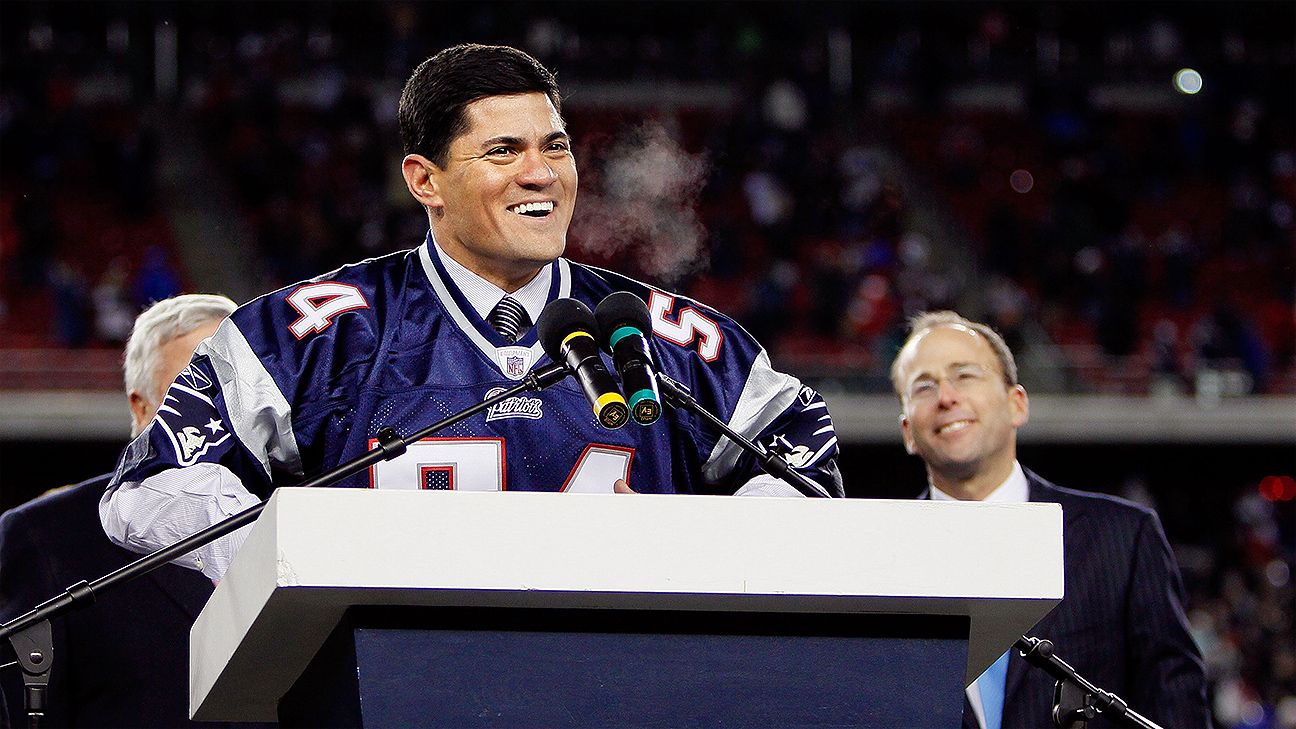
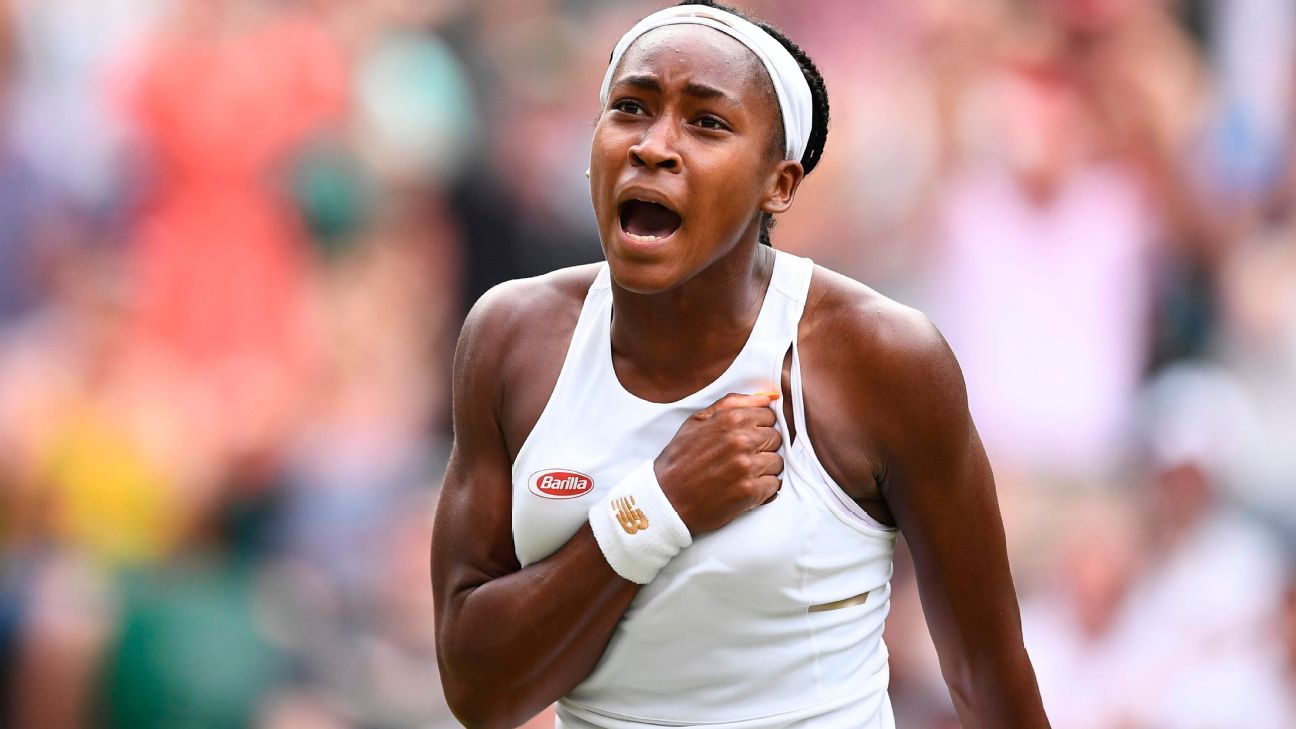



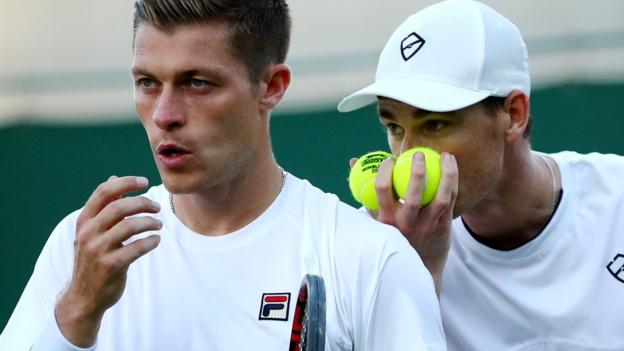
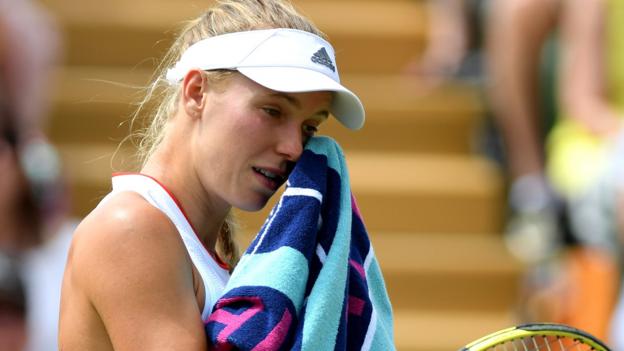

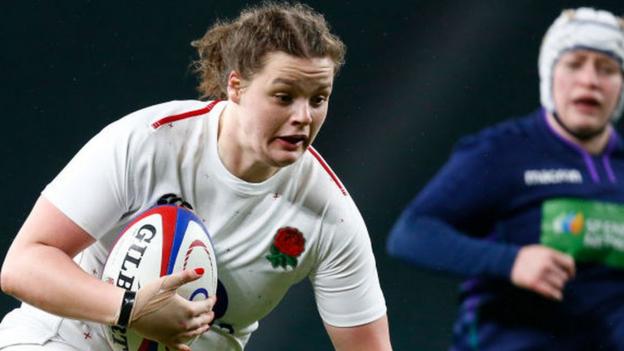



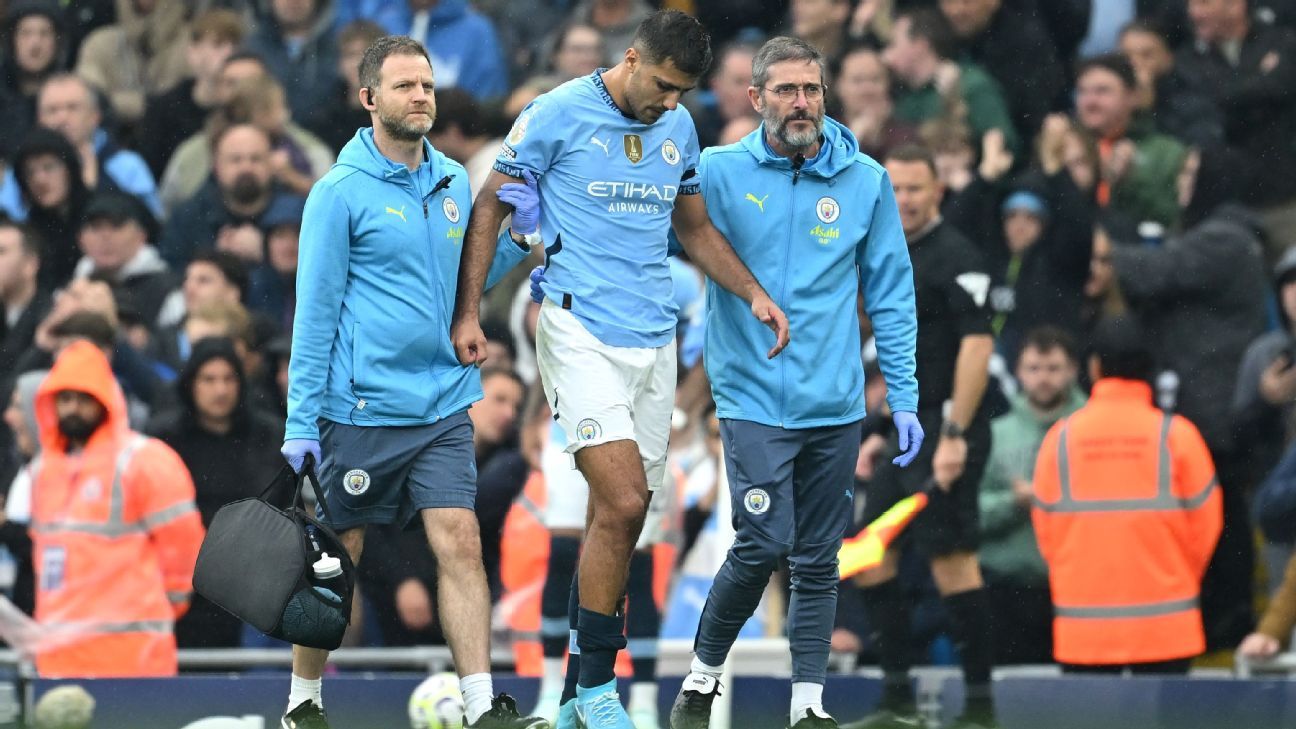










 Phone: (800) 737. 6040
Phone: (800) 737. 6040 Fax: (800) 825 5558
Fax: (800) 825 5558 Website:
Website:  Email:
Email: 






